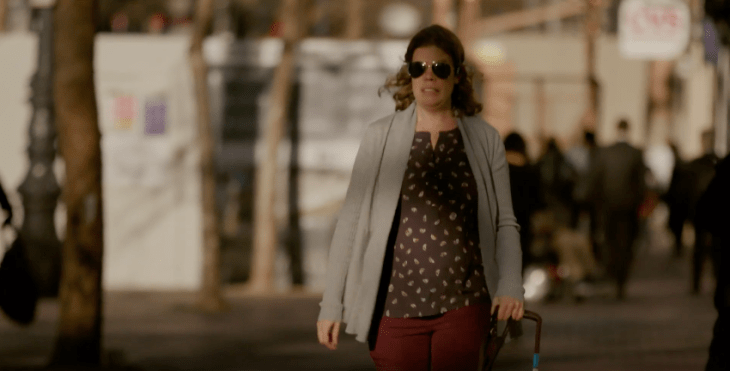Microsoft today launched Soundscape, a new iOS app that aims to give people who are blind or visually impaired a greater awareness of their surrounding by using 3D cues.
It’s worth stressing that the app isn’t about replacing guide dogs or canes. Instead, it’s all about enriching people’s perception of their surroundings. A guide dog can’t tell you that your favorite store is right around the corner if you’re in an unfamiliar city or what street you are on, after all. With the app, users can set audio beacons for destinations and landmarks. Using GPS and the built-in compass in the phone, the app then generates its spatial audio cues. The mapping data is provided by OpenStreetMap.
“Obstacle avoidance is not the problem, we have a dog, a cane and our blindness skills for that,” said Erin Lauridsen, Access Technology Director, LightHouse for the Blind in San Francisco in a blog post today. “The gap is knowing where things are and being able to decide what’s of interest.”
The app offers three modes: ‘locate’ tells you where you are, ‘around me’ calls out four points of interest around you and ‘ahead of me’ provides the names of five landmarks in front of you.
If some of this sounds familiar, that’s probably because Microsoft has been working on this project for quite a while now. Back in 2014, the team was working with Windows Phone handsets and was experimenting with bone-conduction headsets. At the time, Microsoft was also hoping to use sensors and beacons in cities to provide additional information like bus arrival times. Today, Windows Phone is no more and the requirement of using a bone-conduction headset has been removed, but the general idea behind Soundscape has always remained the same.
If you want to see the app in action, take a look at this video (and put on headphones to get the spatial audio effects).
